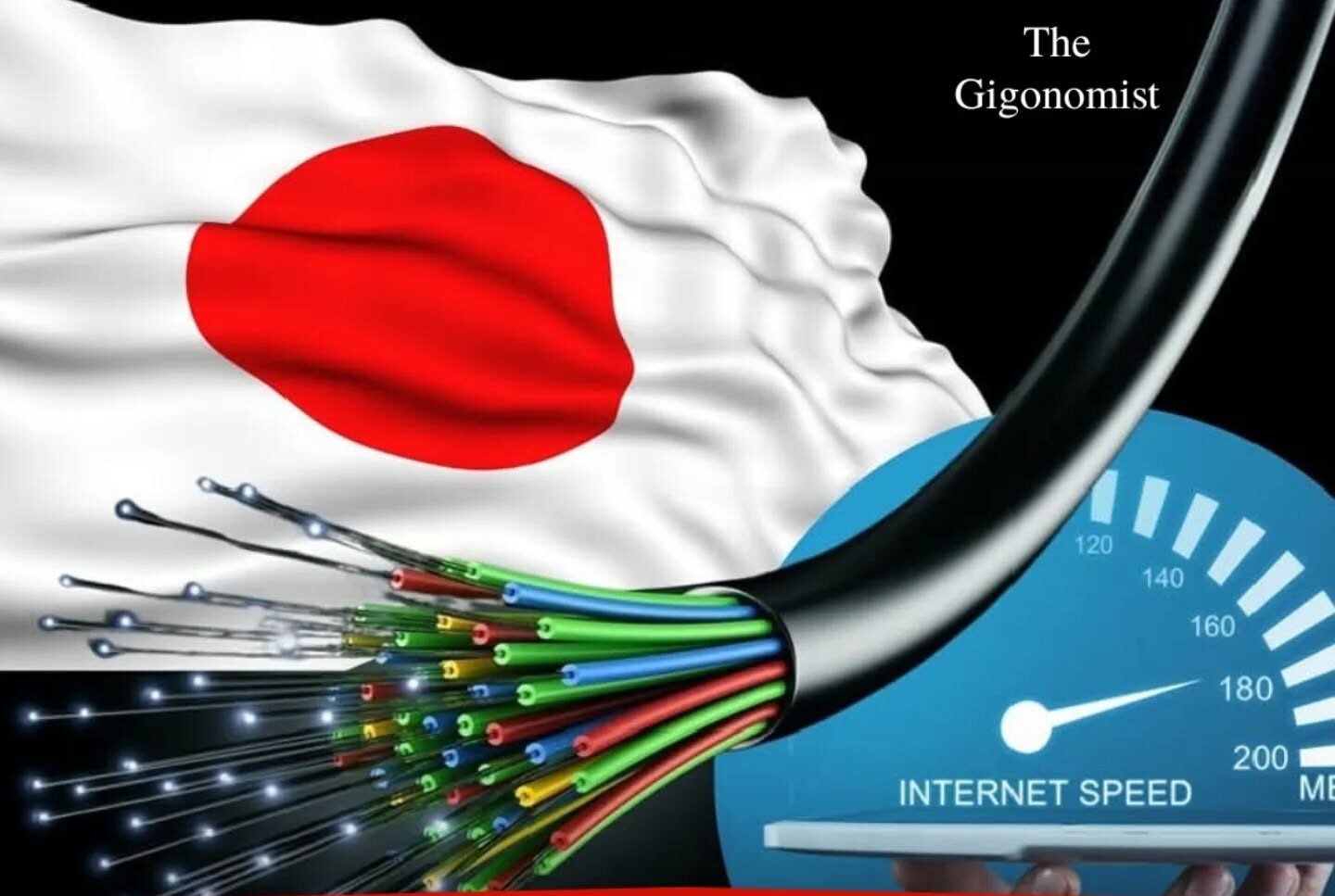In a remarkable leap toward the future of digital connectivity, Japanese scientists have shattered records by achieving a data transmission speed of 1.02 petabits per second—using a specially designed 19-core optical fiber. That’s the equivalent of transferring one million gigabytes every single second. Yes, you read that right.
While this technology isn’t commercially available yet, its implications are enormous. From real-time virtual reality to advanced AI and global communication infrastructure, this innovation could redefine the way we experience the internet.
To put things into perspective, 1 petabit equals 1,000,000 gigabits. That’s enough to download over 100,000 ultra-HD 4K movies in a second or stream millions of video calls simultaneously without a hiccup.
Today’s fastest commercial fiber connections peak at around 10 gigabits per second—a fraction of what Japanese researchers have just demonstrated in the lab. This new milestone highlights just how far the limits of data transmission can be pushed.
The secret behind this breakthrough lies in a specially engineered 19-core optical fiber. Unlike traditional fibers that carry data through a single core, this fiber uses 19 distinct paths, enabling much higher data throughput without increasing the fiber’s diameter significantly.
This structure not only boosts performance but also fits neatly into existing telecom infrastructure, which is key for real-world adoption in the future.
Although still in the experimental stage, the potential applications of this technology are staggering:
- Real-Time Virtual Reality: Immersive VR worlds that stream with zero lag could soon become the standard, enabling next-gen gaming, remote training, and digital social interaction.
- AI & Machine Learning: Massive datasets could be transferred and processed nearly instantly, empowering more powerful AI applications across healthcare, finance, autonomous vehicles, and research.
- Global Communications: From smart cities to remote healthcare and satellite internet, ultra-high-speed fiber could bring transformative internet access to even the most underserved regions.
- Sustainable Data Centers: With faster data throughput, fewer physical cables and less energy would be needed to transmit data, contributing to greener digital infrastructure.
While this technology is still in the research phase, its architecture is compatible with existing optical networks, meaning integration could be more feasible than previous high-speed experiments.
If commercialized, 1 petabit internet speeds could become the backbone of our hyper-connected world, ushering in an era of unprecedented digital capability and performance.
Japan’s latest achievement in fiber optic transmission isn’t just a world record—it’s a glimpse into a future where instant data transfer, ultra-low latency, and global accessibility are the norm. As researchers continue to push the limits of what’s possible, the dream of a faster, smarter, and more connected world is coming into sharper focus.


